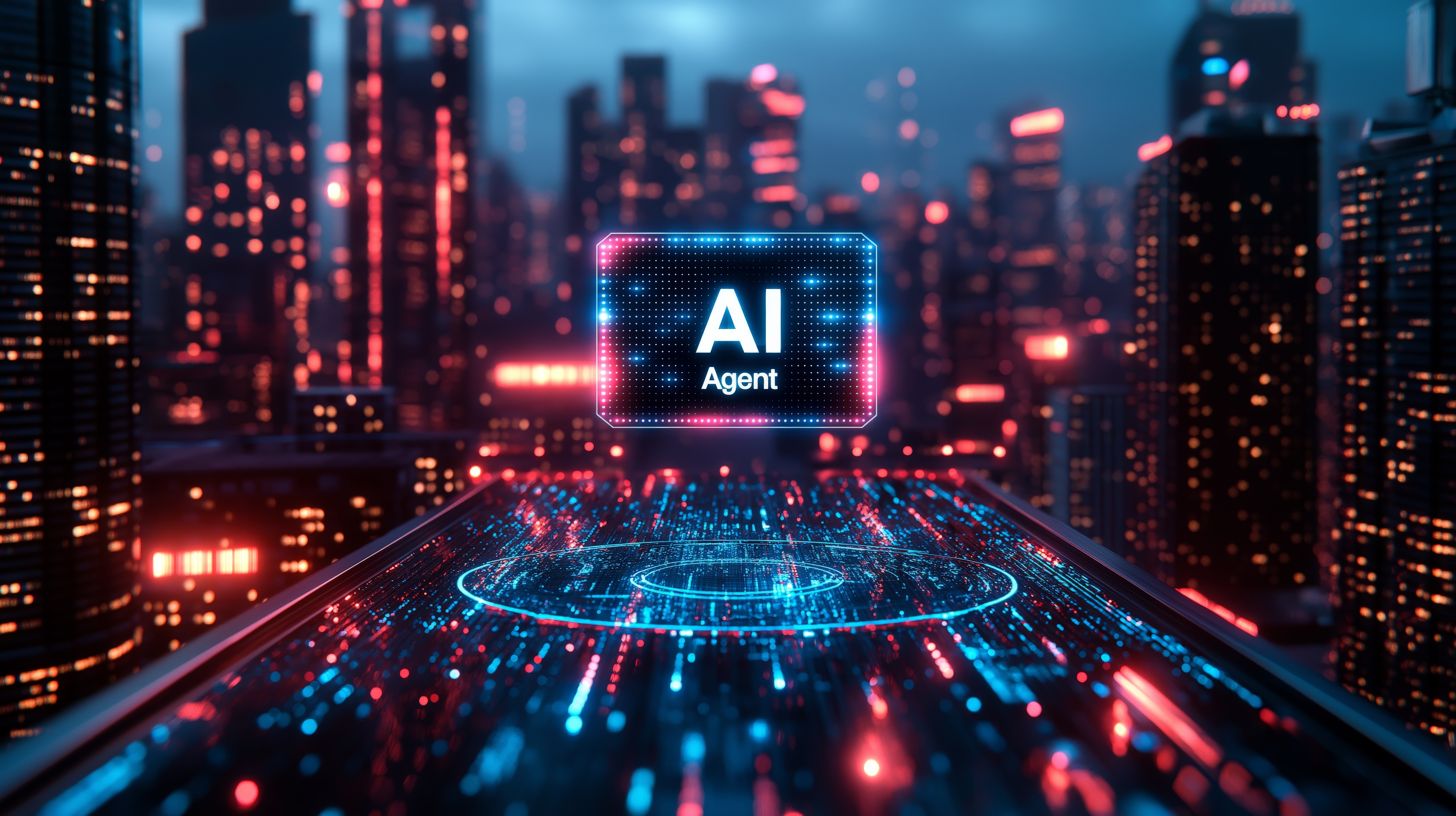October 26, 2025
5 min
When Context Becomes Strategy: Why AI Success in Q2C Depends on the Shape of Your Industry

Introduction
The Illusion of Uniformity
Every CFO wants faster cash. Every COO talks about process efficiency. And every CEO wants AI to “fix it.”
But here’s the quiet truth few discuss in boardrooms: there is no universal Q2C formula.
Even identical ERP systems behave differently in two companies – because the commercial DNA of each industry shapes how value is created, protected, and paid for.
In a world where AI budgets are under executive scrutiny, the winners are not those who automate faster, but those who contextualize smarter.
The Depth Behind the Acronym
Quote‑to‑Cash is often shown as a tidy chain – quote, order, delivery, invoice, cash.
Reality is messier. Q2C in Manufacturing resembles a supply‑risk orchestra; in SaaS, it’s a relationship flywheel; in Retail, a pricing heartbeat; and in Pharma, a regulatory maze.
So the question is no longer whether to apply AI, but where your friction is worth the algorithm’s attention.

When AI Meets Context
AI doesn’t fix processes – it reveals the truths humans overlook.
It exposes redundant approvals, uncovers invisible working‑capital leaks, and re‑balances credit risk faster than quarterly reviews ever could.
But alignment matters: McKinsey data shows that AI use cases built with deep industry context achieve 2.6× higher adoption and 3× higher ROI than “horizontal” pilots.
Process anatomy first – AI second. That simple rule now defines the difference between reformation and frustration.
ROI Horizons by Industry

Lessons from the Front Lines
- Data depth beats tech width. Most failed pilots start with platforms, not pain points.
- Time horizons define credibility. SaaS expects impact inside one quarter; manufacturing plans over fiscal years.
- Governance maturity matters. AI without cross‑functional ownership quickly becomes the next “shadow ERP.”
- The human factor is the multipler. The most effective Q2C transformations didn’t just add models – they re‑trained managers to read, trust, and act on AI insights.
What CEOs Get Wrong About AI ROI
C‑suites often equate AI with head‑count leverage. But the highest returns come from cycle‑time compression – invisible efficiencies that recast working capital and customer experience at once.
True AI advantage isn’t found in cheaper operations, but in faster trust loops between quoting, contracting, and cash.
That’s what Gartner now calls contextual automation – AI not as a department, but as an interpreter of the business model itself.
Designing the Future Operating Rhythm

Look at your Q2C not as a process, but as a living organism – one that adapts, learns, and shifts with market pressure.
AI is the nervous system that lets it sense friction before humans notice it.
But the smartest executives don’t just install that system; they choreograph it.
They start where it hurts, map what’s measurable, and scale what resonates.
And when they do, the transformation ceases to be technical – it becomes profoundly strategic.
Because in the end, AI only delivers value at the speed of context understanding.



.png)
